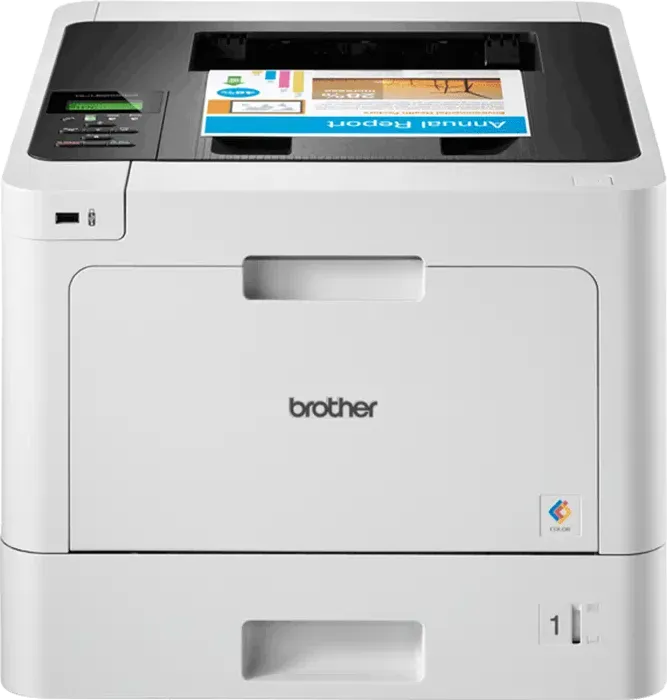Ok, I do love a spreadsheet, and perhaps this is going to far, but hear me out: The printer market is deliberately opaque in order to make it harder to compare running costs between models. To find out a printer’s running costs you have to factor in the upfront purchase price as well as the cost of ink and consumables. Some printers come with full ink cartridges and most will come with starter ink – maybe only 25% full (or 75% empty!!). Then there is the cost of consumables. Sometimes this is just ink or toner – but it might also include: print heads, print drums, waste toner collectors and more.
Some printers are very effective at using ink. Others continue to use ink whilst on-standby during ‘cleaning’. This purges ink to prevent it drying and clogging up (meaning a new print head is needed, and the printer goes in the bin at that point). Purging also requires a waste ink compartment. So if the print head is still good the the waste ink compartment can become “full” after so many days. Again, it will go in the bin. Planned obsolescence at its finest!
Avoid ink jets for all these reasons – event those with bottled ink reservoirs.
There are a few generally accepted rules for printers:
- Inkjets produce much higher quality prints. They are really the only option for quality photo printing in the home or small office.
- Inkjets are not viable for infrequent printing. Ink and print heads can dry up if not used, or the printer will keep flushing the head with ink, resulting in a very expensive cost per page.
- Inkjet printers are frustrating and costly to own and have a short lifespan.
- B&W laser printers generally have the longest lifespan (due to internal simplicity) and are the cheapest to run. So, ask yourself: “do you really need to print photos, or even in colour at all?”. There are many places that can send you next day photo prints. This is usually cheaper than owning a colour printer, and the quality will be better than you can print cost-effectively at home.
- Colour laser printers are generally fuss free and cost effective. The larger cartridges of a laser printer last longer, but cost more. So, whilst you need to buy less of them, they can seriously hit your cashflow (some brands more than others).
- Multifunction printers are only worth buying if you need to copy lots of multi-page documents. Phones can make great copies of documents for infrequent archiving of bills and invoices.
- 3rd party “aftermarket” inks can be very effective at reducing printing costs. It’s worth pointing out that not all printers will play nicely with these aftermarket inks or toners. There can also be real quality differences too – the very cheapest inks can reduce the service life of a printer, or may deliver a lower quality print.
Because of all this, it can be complex to work out how much a printer will cost you over its service life. The following is a rough guide. HOWEVER – to make it easy, I’ve done some of the leg work for you with a printer running cost spreadsheet template to help with calculating the lifetime running costs of different printers.
The following factors all contribute to the lifetime running cost of a printer:
- First, start with the initial outlay on the printer and any accessories (additional printer trays etc). You may want to factor in the amount of ‘starter’ ink or toner that comes with the printer.
- Next, forecast how many pages you are likely to print over the next five years. This will help you to forecast how many cartridges and other consumables will be required.
- Calculate the cost of ink and toner cartridges: Compare the cost of replacement ink and toner cartridges between models, as well as the cost of compatible third-party cartridges. You need to know how many pages the ink or toner cartridge is expected to last.
- Calculate the cost of paper: Estimate the cost per page for paper for each model.
- Calculate the cost of electricity: Estimate the electricity cost for printing based on the power consumption of the printer. Some printers have very efficient power saving modes when not in use. Others not so much.
- Calculate the cost of maintenance and repairs: Calculate the cost of any repairs, maintenance, and consumables needed for each model.
- Calculate the total cost of ownership: Add up all the costs and compare to get a better idea of the total cost of ownership for each model.
- Try to make comparison: Compare the cost of total ownership over time and the features and capabilities of each model to make an informed decision.
But it’s much easier with this template.

Leave a Reply